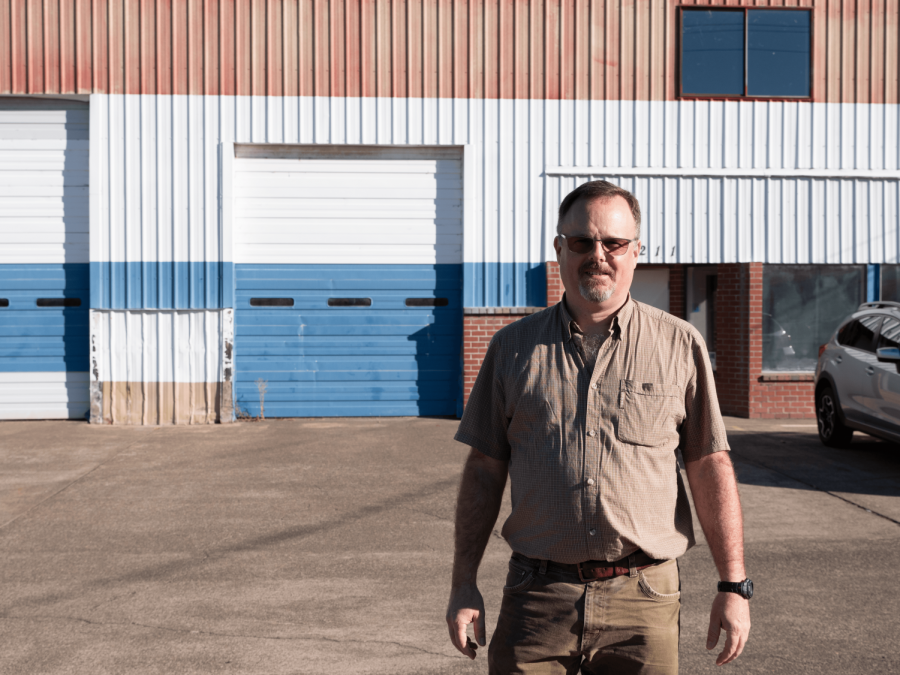Corvallis seeks long-term solution to homelessness
November 5, 2018
“The longer we stay in this mode of the recent battle, for lack of a better term, the longer we argue about it, the worse the problem is going to be by the time we can agree to deal with it,” Shawn Collins, project manager for the Housing Opportunities Action Council said.
The recent conflict over the location of Corvallis’ men’s cold weather shelter and the future of this dilemma has drawn a great deal of input from the community.
“We certainly have everyone’s attention,” Anne Schuster, Benton County commissioner and co-chair of HOAC, said in an email.
According to Biff Traber, mayor of Corvallis and co-chair of HOAC, one of the major points of improvement on this debacle is ensuring a more inclusive process.
“In many ways, my role in all of this has been trying to help pull people together to work out some of these solutions—and clearly, this past spring, that didn’t happen adequately enough,” Traber said.
Among the folks who felt excluded by this process is Catherine Mater, president of Mater Engineering (housed in the Mater Building on the Corvallis riverfront) and city council candidate. Mater and her colleagues expressed concern about the safety of the shelter and other services located at the Second St. venue, as well as the circumstances of the site’s acquisition. They argued that locating a low-barrier shelter could pose a threat to nearby businesses and homeowners and that the governing board of HOAC should have been more involved in the acquisition and approval of the site.
Ultimately, before any of the proposed injunctions were filed, it was decided that the shelter would relocate to the old Hanson Tire Factory, again, and the other services would work to find temporary locations.
“If we’re going to do this, let’s do this right,” Mater said.
Mater believes that the best solution would be a large site holding comprehensive services funded by private investors.
“Relying on government funding to solve the homelessness issue is just not—and you can talk to anyone across the United States—we’re never going to get there unless, I think, private enterprise kind of steps to the plate to assist with that,” Mater said.
However, the members of HOAC are less certain what a long-term solution will look like.
The biggest problem, according to Collins, Schuster and Traber, is locating and procuring a site that everyone can agree on. Without a specific location in mind, delving into the details of services located on site and funding is difficult.
“Until you start really getting into the specifics of a location, it’s pretty hard to sort out how it’s going to work,” Collins said.
According to Collins, the most immediate goals are getting through this shelter season, providing the best service possible and continuing dialogue in the community for a long-term solution.
Part of the continued community dialogue is the hiring of a facilitator by the county and city. The facilitator, Ari Basil Wagner, has been contracted to reach out to stakeholders as well as aiding the HOAC itself in some reflection and possible re-structuring. According to Schuster, reevaluation within the HOAC will be a critical step in moving forward.
“We are regrouping with the help of Ari Basil Wagner,” Schuster said in an email. “I think all of us who were involved had feelings hurt, felt chastised and judged. Ourintegrity was questioned.”
Another point of ongoing consideration is how to involve the homeless population and ensure that their voices are heard throughout this process that is meant to help them. According to Collins, Schuster and Traber, discussions with homeless individuals have been taken into consideration in the past, but not enough.
“There’s definitely a need for more productive conversation with the folks experiencing homelessness, to understand their perspective and their needs,” Collins said.
Moving forward, members of HOAC and the community hope to collaboratively move toward more effective solutions.
“It’s a challenge,” Traber said. “But it’s one we have to go through. We have to have that discussion and be as open as we can about it.”










































































































